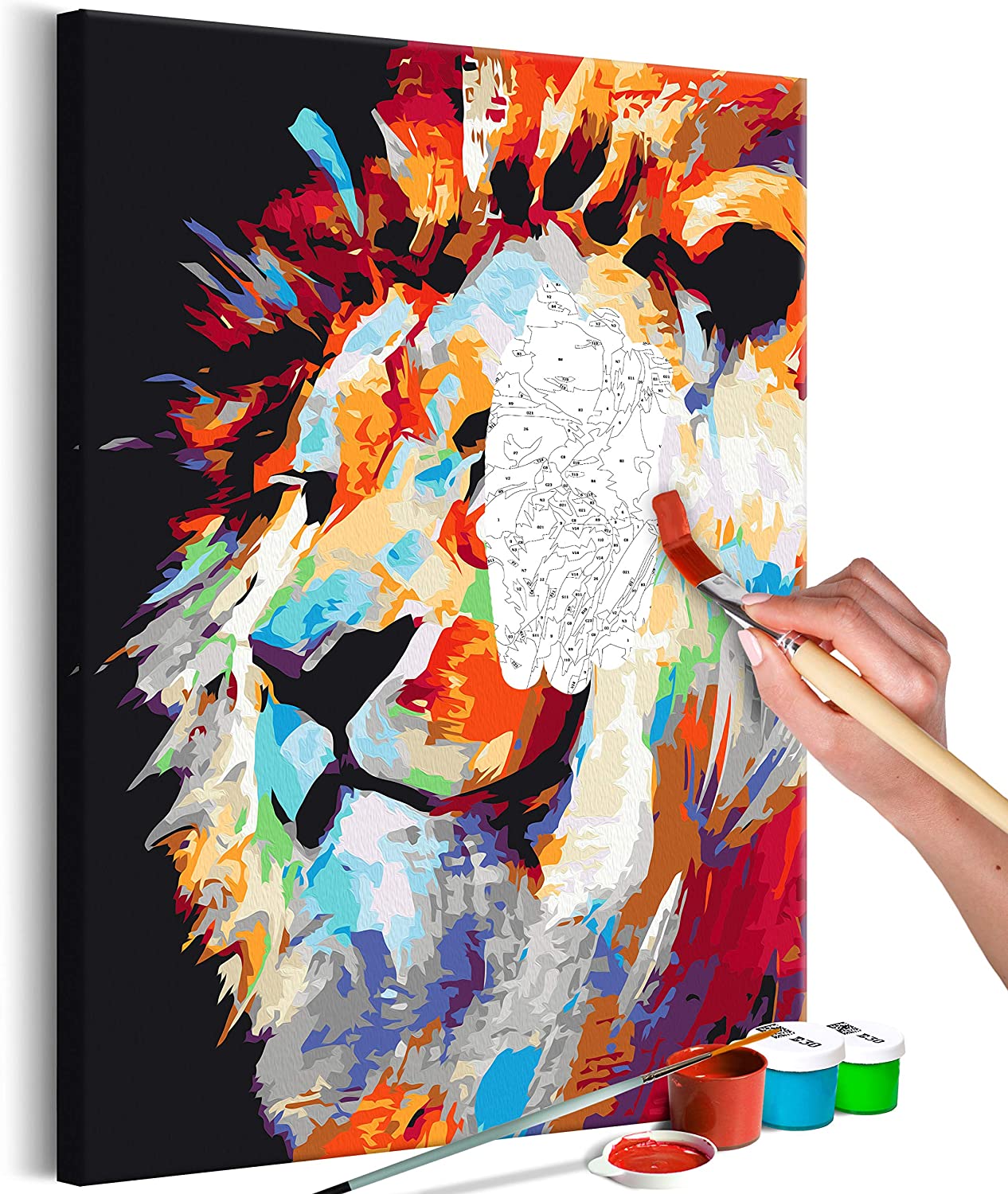
Paint Your Pet: What You Need To Know!
A lot of people have this false impression that piece of art is hard. This couldn’t be further in the reality! Painting with fats and acrylics can certainly be quite simple, especially if you just have a few basic suggestions at heart:
* Use plenty of paint – it’s safer to use an excessive amount of than insufficient due to the fact excessive paint will dried up up easily that will create an irregular surface. Don’t overlook to slim your paints for fuller brushwork or when you use a colour pallette knife. Just mixture them with turpentine until they can be effectively-thinned out
* A colour pallette knife is an excellent resource for heavy uses of paint your pet. It’s also excellent at mixing and blending hues on your material or document without the need for brushes, which could produce brushstrokes that are apparent as soon as the piece of art dries out
* It’s wise to use pieces of paper or even a fabric that is certainly prepared with gesso. Gesso produces a level area how the paint will adhere well to, and in addition it takes up some of the oils through your paints hence they don’t swiftly dry
* Pictures could be hand-driven before you start artwork, but drawings are fantastic resources for those who want their works of art to look more reasonable since when coupled with thick uses of coloration in slender levels, they make shadows and range
* Don’t forget about clearing up as you go! You’ll avoid a lot of commitment when you clear your clean every single couple of minutes by dipping it into turpentine—just make sure never to get an excessive amount of in your colour pallette blade, otherwise all of those hues will blend with each other, making it difficult to ensure they are different
These are just a few standard suggestions that will make the artwork appear to be a less strenuous process. Have a good time testing distinct techniques and equipment up until you find what works well with you!